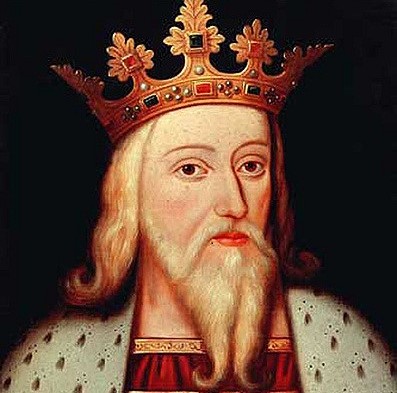King Edward IIIs second crown returned from being pawned
On 16 January 1344 King Edward IIIs second crown was returned from being pawned. In 1339 Edward III had found himself in urgent need of additional finance. In order to stave off the threat posed by France he had formed a continental alliance. Part of the agreement reached with his allies, particularly the Flemish, was England paying a sizeable sum toward their military expenses. In order to facilitate that, Edward had secured a loan from Vivelen Rufus, from Strasbourg. The security of the loan was of high value and significance: he effectively pawned his great crown, second crown and his Queen’s crown.
Crown Jewels used as Surety
In 1343 the Kings officials began the process of negotiating the gradual repayment of the loan and return of the King’s jewels from their position as being surety. These negotiations enabled the return of the King’s second crown on 16 January 1344.
Chivalric Intent
Having one of his crowns was important. Edward was in competition with the French for the attention of knights and nobles from across Europe. Both nations were using a similar means of attracting favour from across the continent: they both adopted the idea of a ‘Round Table’ accompanied by Tournaments. The idea was to try and position the nation as the foremost of the Chivalric nations, which in turn would bring military aid, financial backing, and sympathy for Edward’s claims to the French throne.
“And forty knights were elected there, known and reputed to be the most valiant of all. And they swore an oath of mutual allegiance to the king to hold the feast and to follow the ordinances that had been agreed. And the king founded St. George’s Chapel in the castle of Windsor… and provided for them well. And so that the feast should be known in all parts, the English King sent his heralds to publish and announce it in France, Sicily, Burgundy, Flanders, Brabant, Germany and everywhere as far as Lombardy.” Froissart’s Chronicles.
Related Content
How did Edward III finance the early phase of the Hundred Years War?
Naval preparations for the Hundred Years War
Featured Image
Edward III. Artist unknown. Via Historic Royal Palaces.
